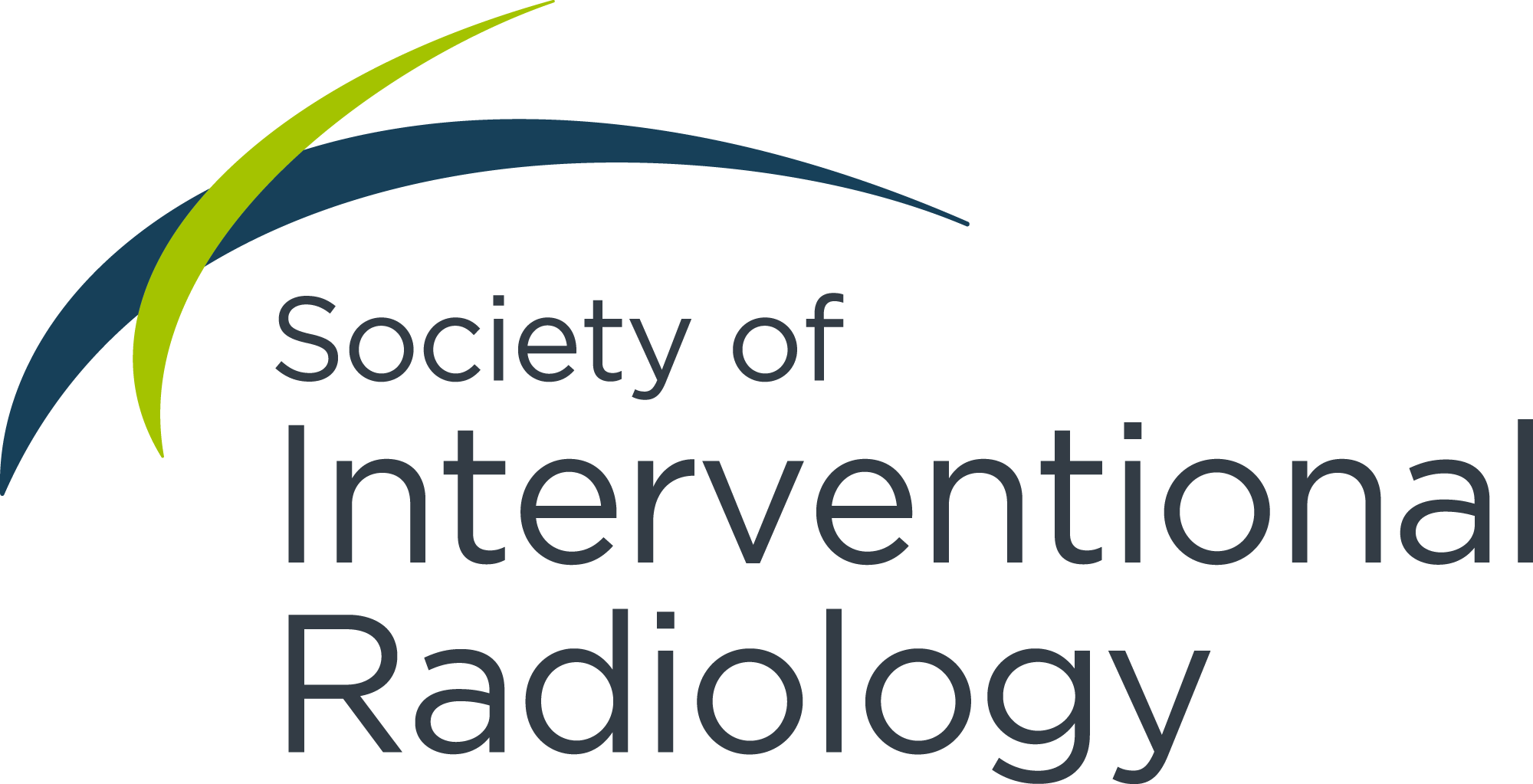Theresa M. Caridi, MD, FSIR, is stepping down from her role as SIR Foundation chair in order to pursue a career with industry. Dr. Caridi is the latest in an increasing number of IRs who have made this transition. IR Quarterly spoke with Dr. Caridi about her career, research and opportunities for the future of IR.
Can you tell us about your career and what drew you to transition to industry?
Theresa M. Caridi, MD, FSIR: I have worked with industry both personally and through organizations like SIR Foundation. I have had some great opportunities in my personal roles to do consultantships, resident symposiums and lectures along with an industry partner. Some of my most rewarding opportunities have been working on longstanding projects from start to finish, serving as a physician advisor on a new device. Sometimes these projects last several years, starting from concept all the way to design and animal lab testing, and ultimately doing cases when the product is on the market. I've loved working with the engineers and pushing new things forward that we need in IR, but also considering the effects on patients and cost.
From a professional standpoint, involvement with organizations like SIR Foundation have allowed me to build relationships from a research perspective. I've always enjoyed quarterbacking research, so now there's an opportunity to do that, have resources available and be able to spearhead where those resources go. Those two things—the longer-term projects and having the resources to quarterback research—drew me to transition to industry.
Can you tell us about your new position?
TC: I will be a medical director for Varian, a Siemens Healthineers Company. I anticipate working alongside their clinical team to help decide what clinical trials to sponsor, whether internally or externally through investigator-initiated studies. Part of my role will be in education; developing programmatic opportunities for residents, working with their education team and potentially educating their medical sales team as the physician who uses the devices and understands the medical and hands-on components. I'm excited to pursue this new role, while continuing my clinical practice 1–2 days a week. I’m fortunate to have the opportunity to do both because my first love is patient care and patient advocacy. This role will provide me with a bigger set of resources to promote and drive the future of that.
What drew you to Varian?
TC: I admire Varian for including the patient and physician perspectives. They bring in individuals who understand the use of these devices and medical advancements in the patient setting and see how it affects them.
I also admire Varian’s patient advocacy. They have an office in D.C. and have worked on Capitol Hill to advance opportunities for IR. They have gone after codes for additional payment for IR physicians who are doing work that isn't reimbursable or is getting passed down to patients. I also think they're staying true to themselves in the cancer space. They’re building the right devices that will be helpful in IR, looking at the long gain rather than the short gain of buying a device, marketing and selling it.
What areas of IR do you think need to be better explored?
TC: All areas. When you look at IR as a whole, our specialty is not organ-specific or disease-specific—we impact such a large part of the human body, physiology and disease processes. Because of that, in the Foundation we struggled to decide what research to push forward. There are so many opportunities and data deserts in IR as opposed to other specialties with more funding, a longer history and a more specific focus. This is a global problem in IR—while having a broad focus is great, it provides a lot of needs for research. This is where Virtex comes in, pooling together a tremendous set of resources in all practice settings. I firmly believe that is one of our most critical endeavors in the next five years. But in the meantime, with the help of industry partners, we have to do the things that Virtex won’t do, like randomized controlled trials and placebo trials.
Why do you think IRs are starting to get these full-time, senior positions in companies now?
TC: IR originated with a combination of a physician and either an engineer or a device-oriented individual. It's hard for a physician to take on a concept and move it forward without having an industry partner. As such a tech- and innovation-driven specialty, those relationships have always been critical, moving the best things for patients forward. When you look back at individuals who had major impacts on IR, they did so with a physician and industry relationship. So it’s not new, it’s just a circle back.
There are a variety of reasons why IRs are moving to these positions. The patient and physician voice are absolutely needed in industry, and with these positions we can bring our existing knowledge while learning a new skillset. We know the clinical aspects of IR, we’ve done most of the standard cases, and we’ve mastered something within our niche. This is an opportunity to take all that to our industry partners and make it relevant in what trickles down to patients. One thing that we don’t learn a lot in our training is the business of medicine. As leaders in the clinical space, we end up learning that on a very quick trajectory, but you don’t really get the full understanding and growth opportunity that you get in a true business setting.
What are some opportunities for collaboration between physicians and industry that you foresee?
TC: At the annual meeting a few years ago, I participated in a women’s roundtable event where we were paired with industry partners and physicians. It was an opportunity to discuss like-mindedness as leaders in parallel worlds, the industry world and the medical world. Because there’s so much crossover, there’s a tremendous ability to collaborate and peer mentor one another. I have had true peer mentors in industry, and one of them is at Boston Scientific. While she was in leadership there and I was in leadership in the medical world, we had very similar paths. Though there were major differences in our day-to-day, there were so many correlates. Ascending into leadership roles and learning those skills transcend across industry and the medical world.
You’re one of the few women to make this transition, and possibly the first to do so in a senior role. How does that feel?
TC: It’s a bit of a glass ceiling. I'm not one of the first great 20 female interventionalists, and yet no female interventionalist has ever done this. They may have worked, consulted and developed a product with industry, but I don’t know of anyone who has joined industry as a full-time job. It’s a bit bizarre to be in 2023 and be the first one to cross over. I think these programs and relationship-building efforts will change that over time, but there’s some reason why women don’t see themselves as capable of doing this or aren’t given the opportunity, and I don't know which it is. So this is a glass ceiling that is hopefully being broken.
Last I heard, IR is about 9% female, but the trainee component of that is much larger, so in a few years that’s going to be shifting. I'm incredibly humbled to take on this role and perhaps mentor other women to do the same even in other companies. We all know there’s a gain for diversity, there’s no question about that, so having that voice across multiple other industry partners is important too.
Learn more about industry partnerships in IR Quarterly’s Leading Edge series and read about a new corporate change initiative announced at SIR 2023 via SIR Today.



